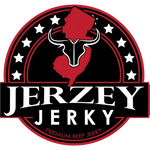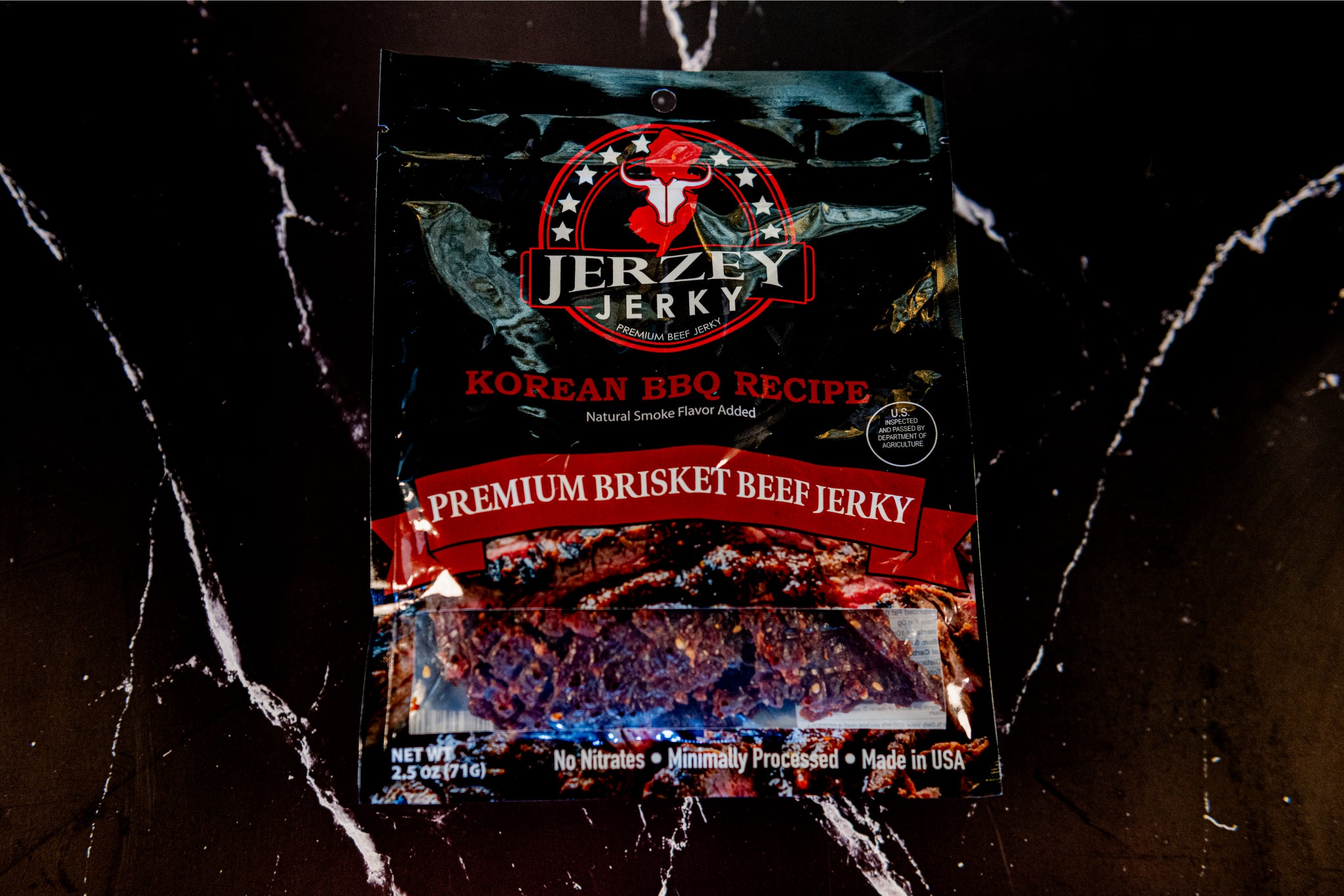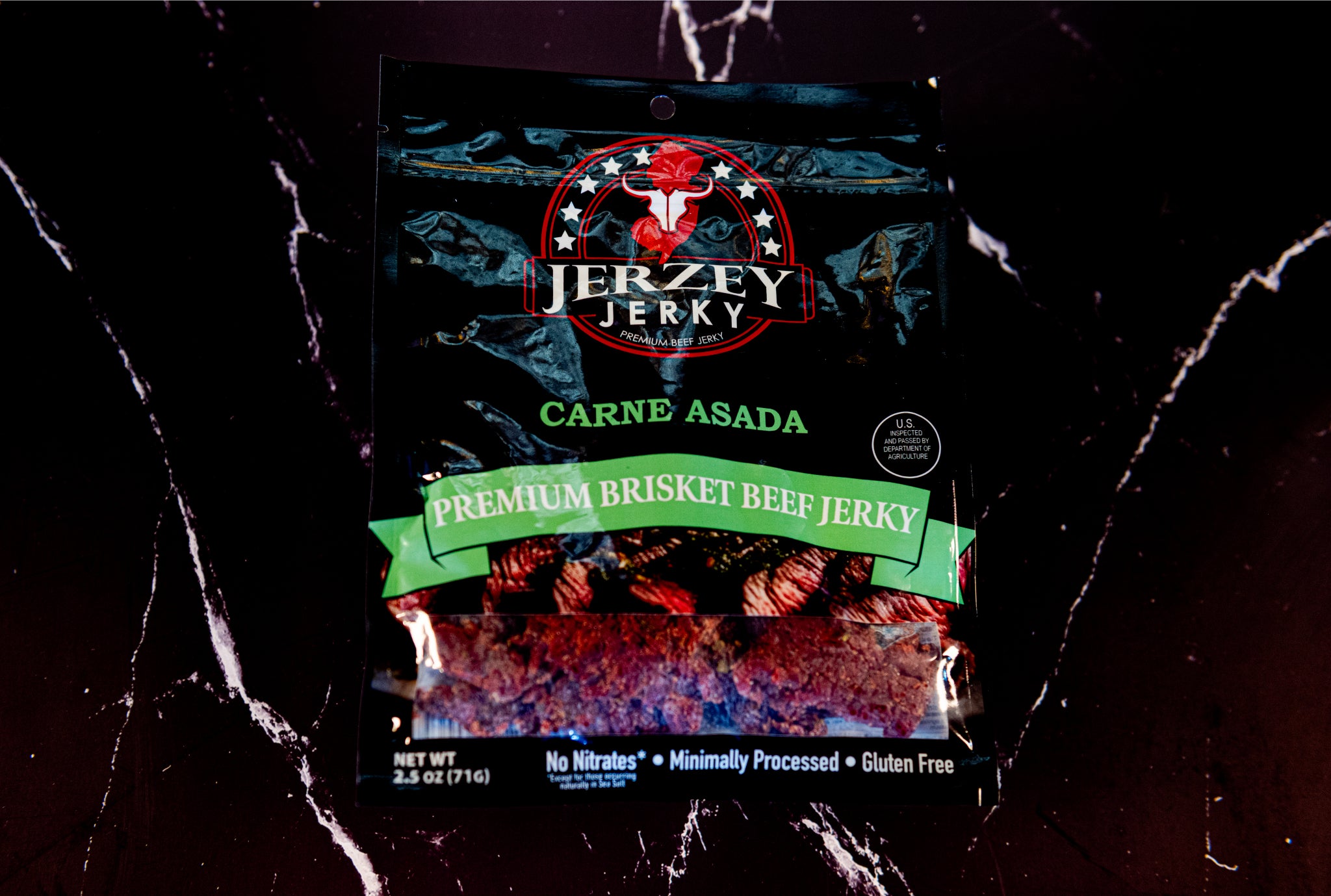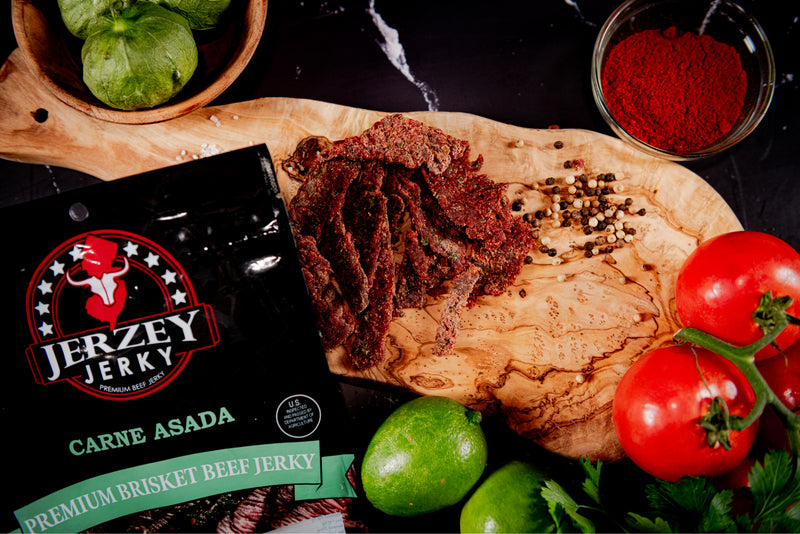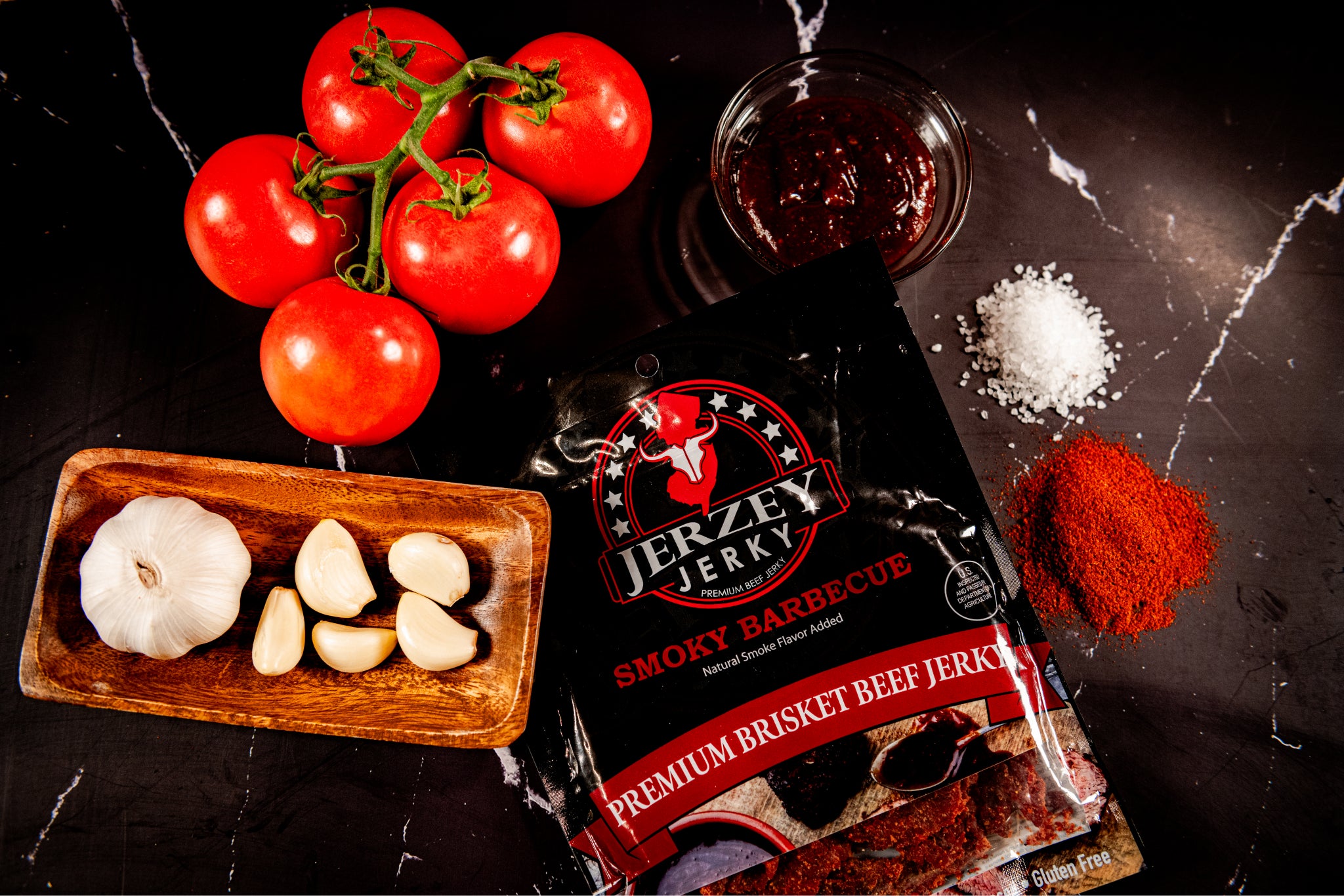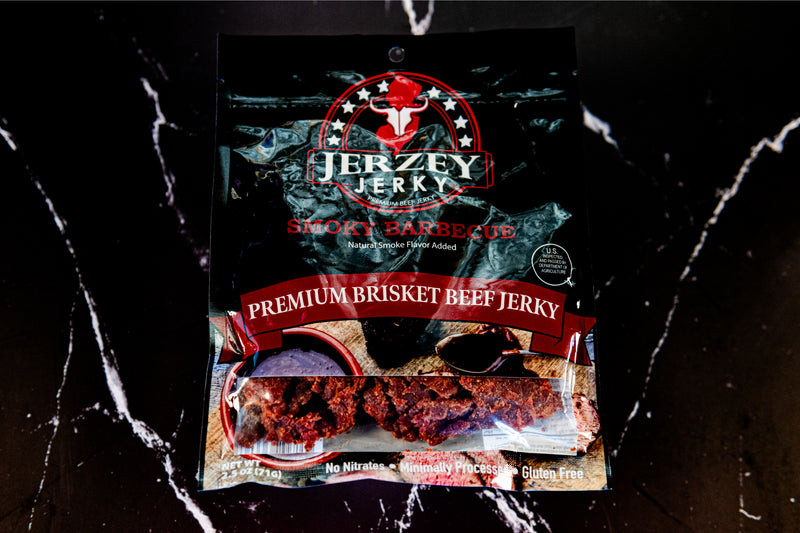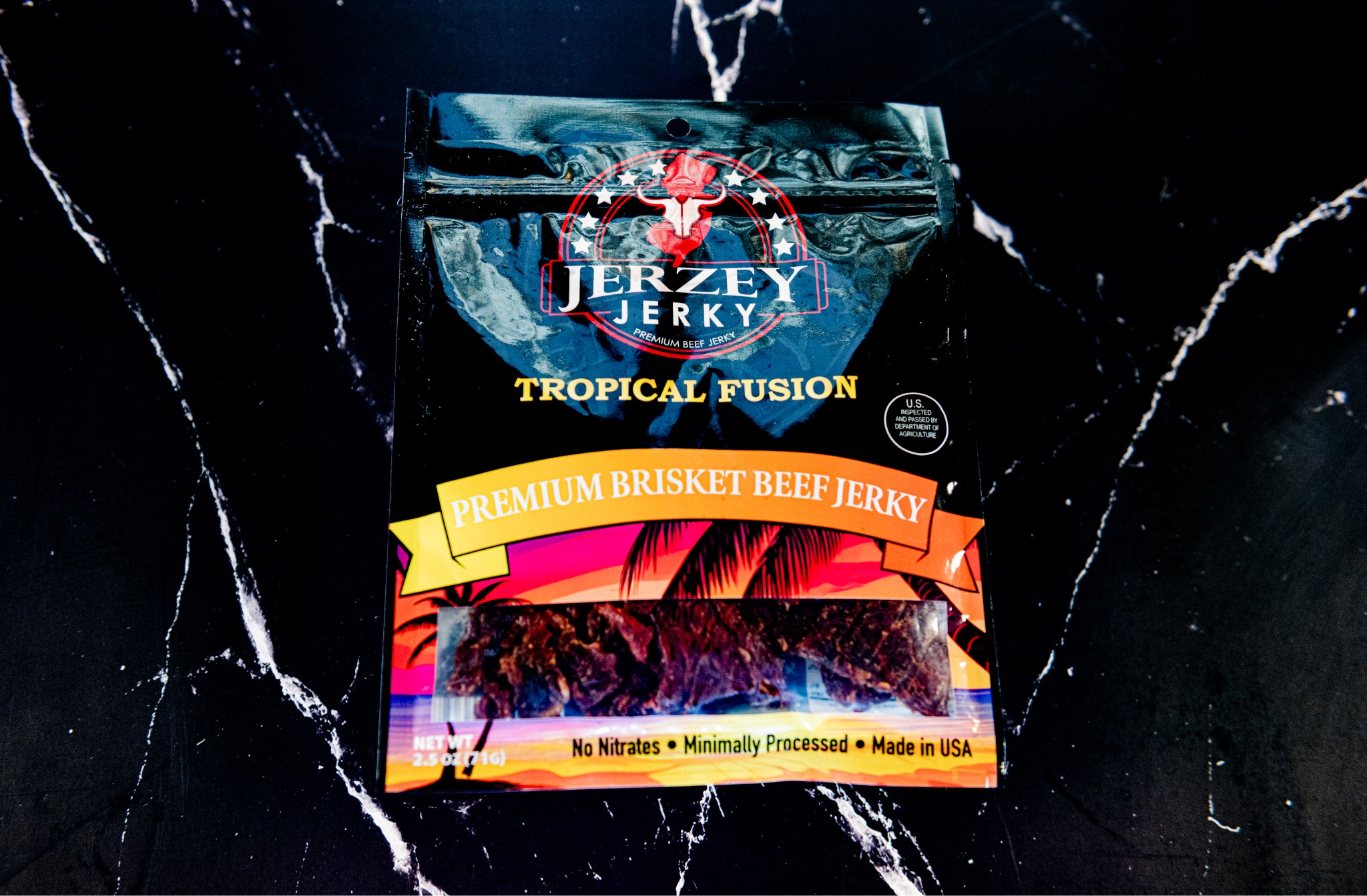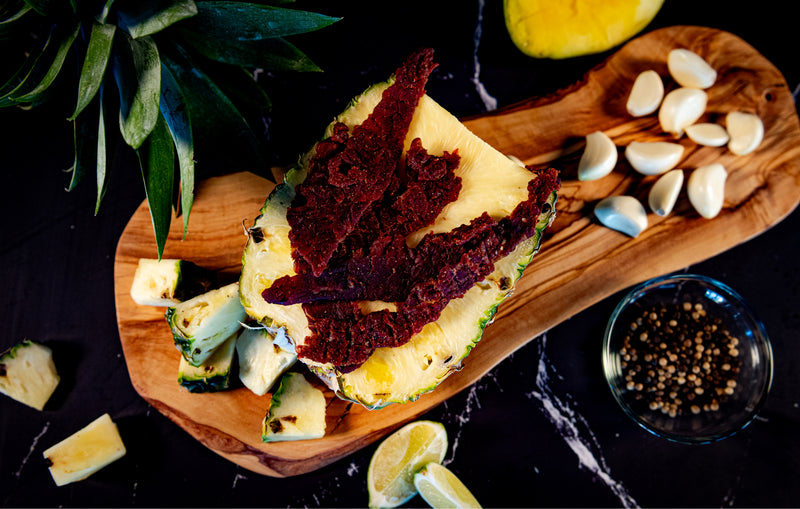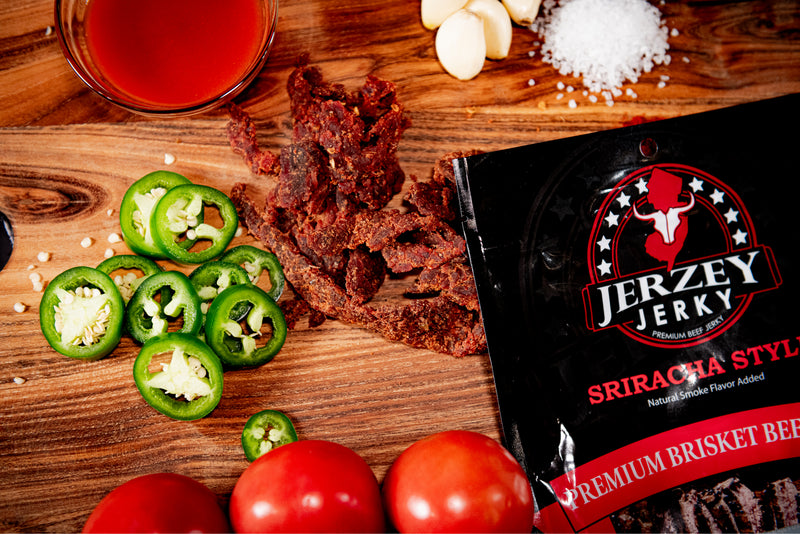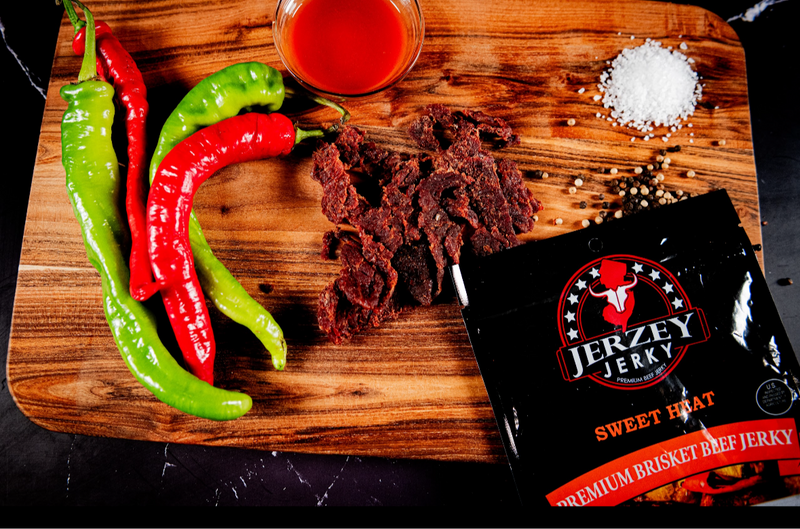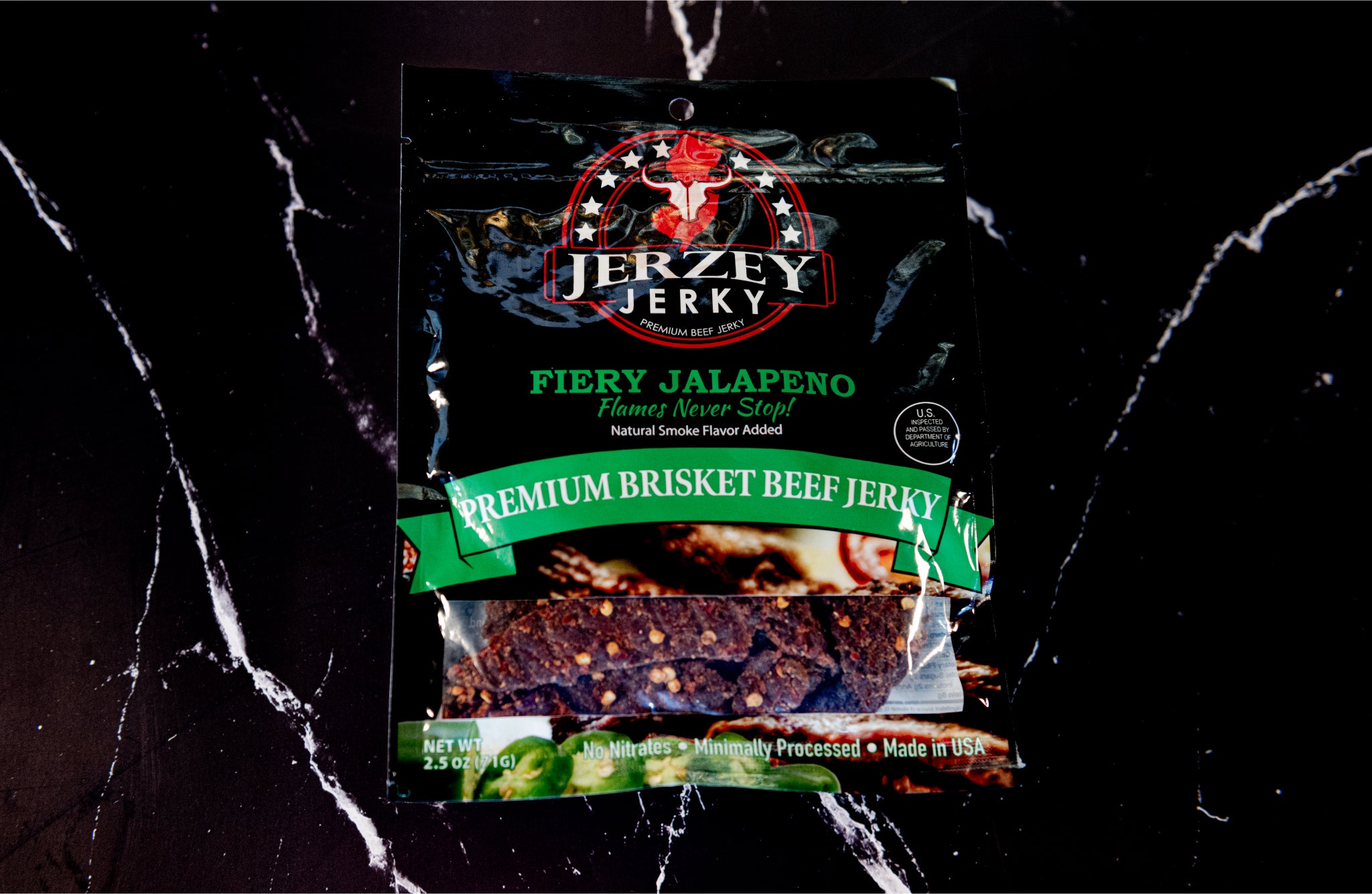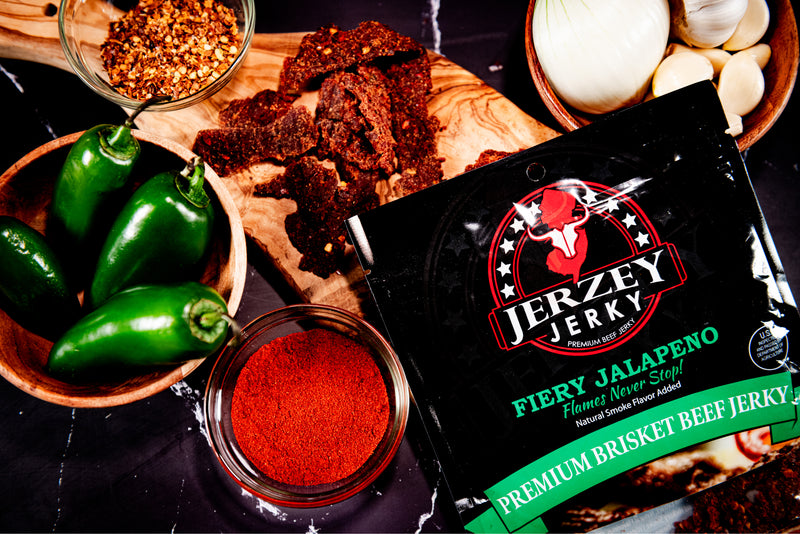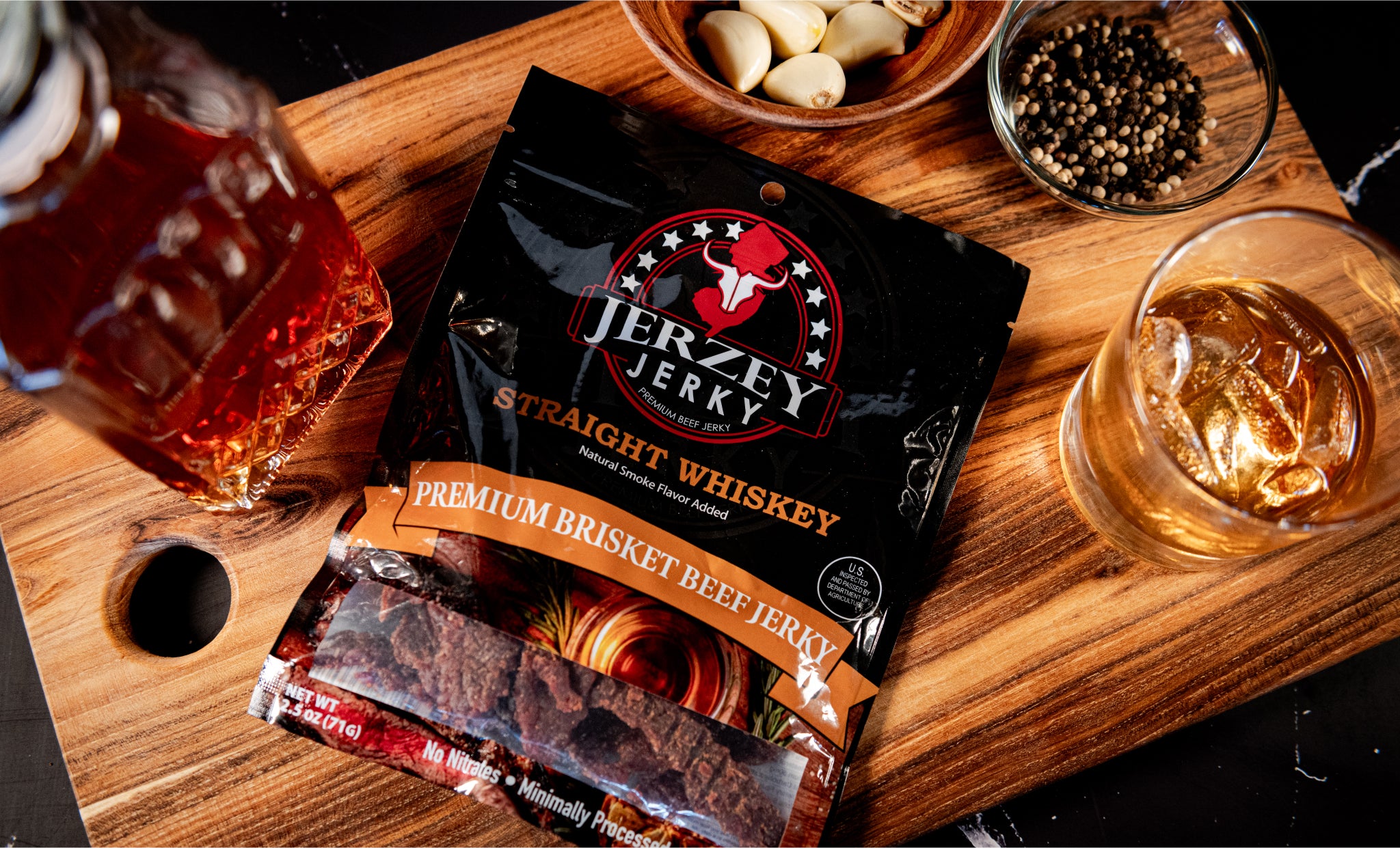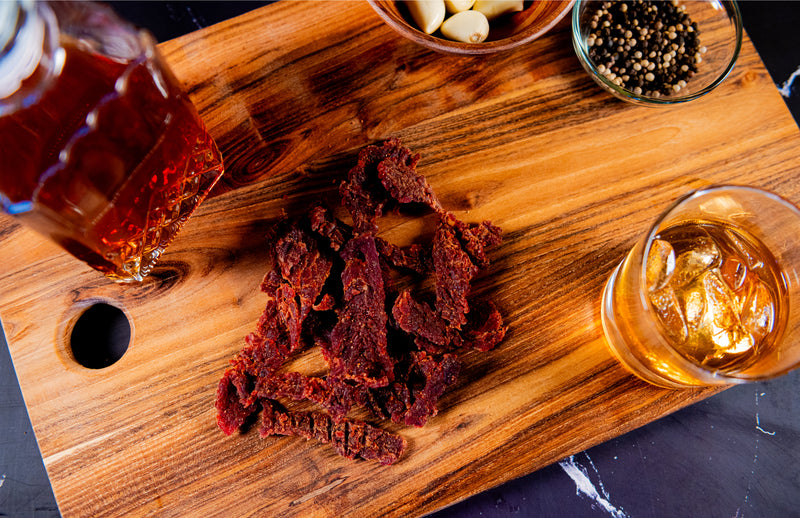
Maple Bourbon Beef Jerky Recipe
Maple Bourbon Beef Jerky delivers a sweet jerky with a smoky, and soft touch of warm, boozy flavor. Maple syrup provides natural sweetness, while bourbon brings a deep, smooth flavor with a hint of oak. The beef is slowly smoked and the sugars caramelize and the flavors enhance with every bite.
Maple adds a sweetness to the flavor to balance it out with the savory meat and spices. Cooking the bourbon removes the alcohol but keeps its rich, complex flavor. Smoking on hardwood adds fragrance and flavor and makes the profile balanced, featuring boldness and smoothness.
Maple Bourbon Beef Jerky is ideal as a gourmet snack or holiday treat. It is a good addition to the charcuterie boards and the high-quality snack packs. It has a pleasing taste and handmade quality, making it an appropriate choice for a special occasion or gift.
The flavorings change a little depending on the recipe, but the core remains consistent. Maple and bourbon lead, followed by smoky undertones and a chewy, satisfying texture. There are versions with chipotle or black pepper in addition to warming and multi-layering of flavor.
What are the Ingredients of Maple Bourbon Beef Jerky?
Here are the ingredients of maple bourbon beef jerky:
- Lean beef (top round, eye of round, or flank steak) – 2 pounds
- Pure maple syrup (Grade A preferred) – ½ cup
- Classic, non-flavored bourbon – ¾ cup
- Soy sauce or tamari – ½ cup
- Apple cider vinegar – 2 tablespoons
- Brown sugar (optional) – 2 tablespoons
- Black pepper – 1 teaspoon
- Garlic powder – 1 teaspoon
- Onion powder – 1 teaspoon
- Crushed red pepper flakes (optional) – ½ teaspoon
- Liquid smoke (optional) – 1 teaspoon
Shop the best-selling Smoky Barbecue Beef Jerky - Brisket & Tropical Fusion Beef Jerky - Brisket
Marinade Preparation
Maple syrup, bourbon, and soy sauce form the base of the marinade. The combination results in a balance of sweetness, depth, and umami. A glass or stainless-steel bowl is used to avoid reaction with acidic ingredients and maintain pure flavors during soaking.
Black pepper, onion powder, apple cider vinegar, and garlic powder create complexity. Crushed red pepper flakes add optional heat while brown sugar increases caramel notes. Combine the mixture until all of the dry spices fully dissolve in the marinade creating a smooth and unified marinade.
Beef is sliced 1/8 to 1/4 inch thick against the grain. The slices are coated with the marinade completely. Refrigeration involves storing the jerky in the refrigerator for 12-24 hours, letting the flavors penetrate deep into the meat so that the jerky comes out uniformly rich.
Stir the marinade 2–3 times during refrigeration. This procedure makes all slices get coated and dry evenly. The liquid seeps through muscle fibers over time. A longer marination results in a better texture, enhanced flavor, and in creating a balanced sweet, smoky, and spicy jerky.
Cutting & Preparation
Partially frozen beef is more compact and gets cut into clean smooth strips. This minimizes tearing and gives proper thickness. Keep in control by using a sharp knife. Even slicing helps it to marinate and balance the texture during drying or smoking.
Excess fat is trimmed before slicing to prevent spoilage. Fat does not dry well and causes jerky to turn rancid over time. Trimming obvious fats gives the finished product a better texture and taste as well, with the lean, high-protein strips subsequently marinated.
Beef is sliced against the grain to make tender jerky. Cutting this way makes muscle fibers shorter, which minimizes chewiness. The strips become drier and remarkably easier to chew with deeper penetration of the marinade to the strips on drying.
Uniform strips are cut at 1/4 inch thick for consistent drying. The thicker cuts dry unevenly and risk underprocessing, whereas the thinner cuts become brittle. Standard sizes enable the strips to dry uniformly, enhancing quality and minimizing chances of spoilage.
What are the Drying/Cooking Methods for Maple Bourbon Beef Jerky?
A dehydrator set at 160°F dries jerky evenly within 4 to 6 hours. This maintains the heat and airflow consistent allowing the jerky to dry effectively. When drying, check the jerkiness to make sure it is dried and tasteful.
Oven drying uses low heat around 170°F. Leaving the oven door slightly ajar causes moisture to evaporate. Setting strips on racks above baking sheets enables air to circulate them. Drying normally lasts 4-5 hours depending on thickness and the ability of the oven to circulate the air.
Fruitwood such as apple or cherry smoke gives a gentle and sweet taste. The smoker is maintained at the temperature of 160-170oF. This wood mixes well with maple and bourbon to add deep flavor and aroma to the jerky.
Jerky comes out firm but a bit elastic. Overdrying makes jerky hard and brittle, while underdrying causes quick spoilage. A strip is bent gently and doneness is checked by cracking and not breaking. Cooling jerky before storing avoids moisture accumulation in the containers.
What is the Storage & Shelf Life of Maple Bourbon Beef Jerky?
Jerky remains fresh and safe in sealed containers or vacuum-sealed bags. These inhibit moisture, air, and impurity influence on texture and taste. The drying process usually preserves quality using glass jars, mylar bags, or re-sealable plastic pouches with oxygen absorbers.
Properly sealed jerky lasts 2 weeks when stored at room temperature. Keep in a dry, shaded area at a stable, cool temperature. Humidity and air exposure quickly shorten shelf life. Sealing and proper drying are done to avoid early spoilage or the growth of bacteria.
Refrigerated jerky remains stable for up to 1 month. Cold storage retards spoilage and lengthens flavor retention. Freezing prolongs shelve life up to 6 months or more when the food is vacuum packed to prevent freezer burn or moisture intrusion.
Spoilage signs include off smell, mold, or unusual softness. Bacterial activity is the presence of discoloration or a sticky surface. It is vital to inspect prior to consumption. Completely dehydrated jerky is just a bit bendable, dry, and even, about smell and color.
What is the Nutritional Value of Maple Bourbon Beef Jerky?
Nutritional information of maple bourbon beef jerky (28g/1 ounce) is:
-
Calories: 90–110 calories, depending on sugar and fat content.
-
Protein: High in protein, providing 9–12g per serving.
-
Carbohydrates: 5–7g, mainly from maple syrup and added sugars.
-
Sugar: Moderate due to natural maple and raw brown sugar.
-
Sodium: Moderate to high, influenced by soy sauce or tamari.
-
Fat: Generally low when lean beef cuts are used.
-
Consideration: Portion control matters for low-sodium or low-sugar diets.
Maple bourbon jerky has a protein balance and a moderate sweetness. It provides energy-dense, flavorful snacking and dietary management, with monitoring of sodium and sugar, which helps achieve goals. Nutritional values change according to certain recipes and preparation methods.
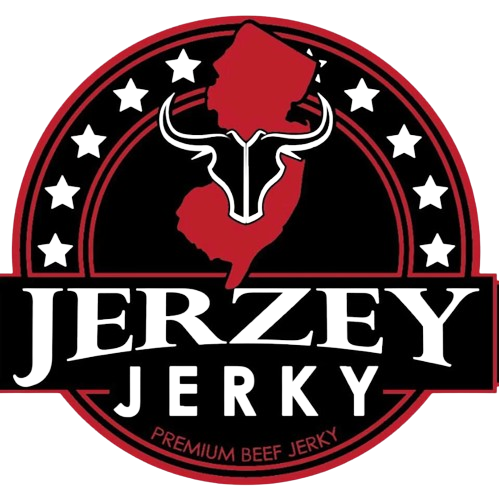
 2025-07-07
2025-07-07
 Wayne Holland
Wayne Holland

